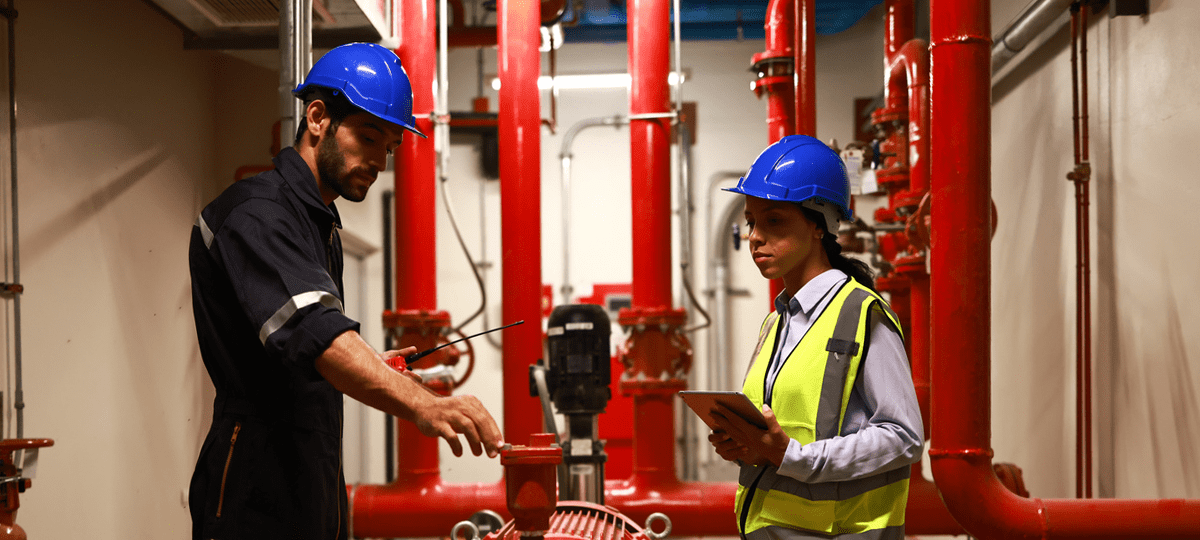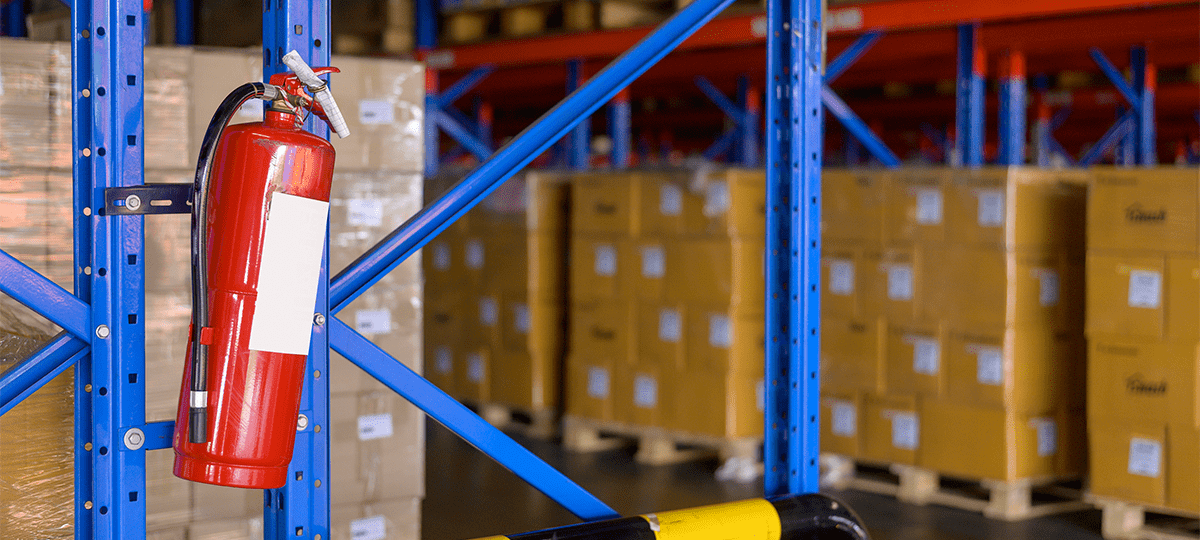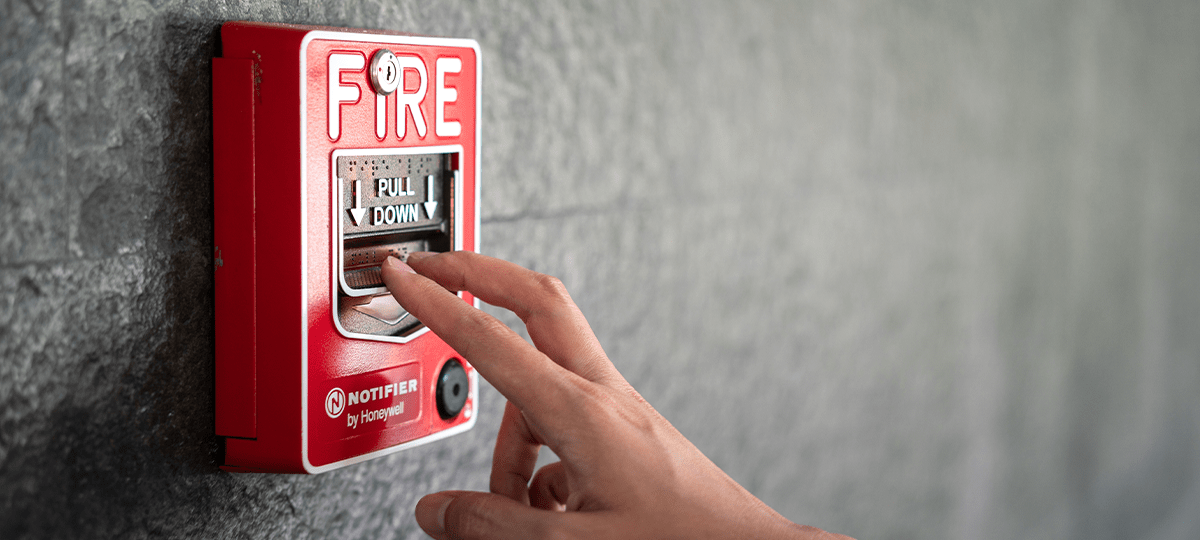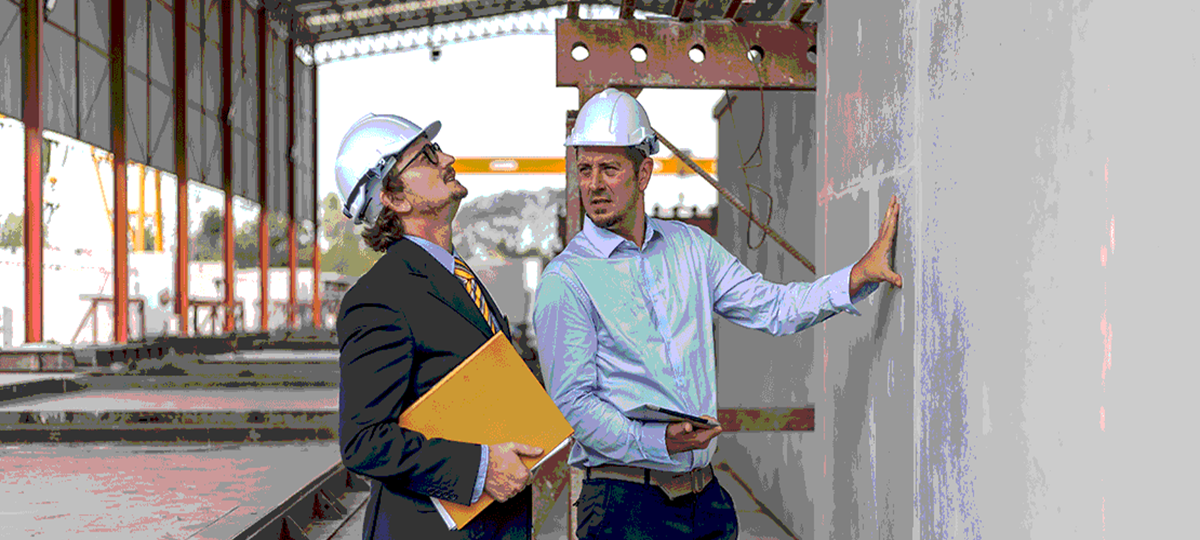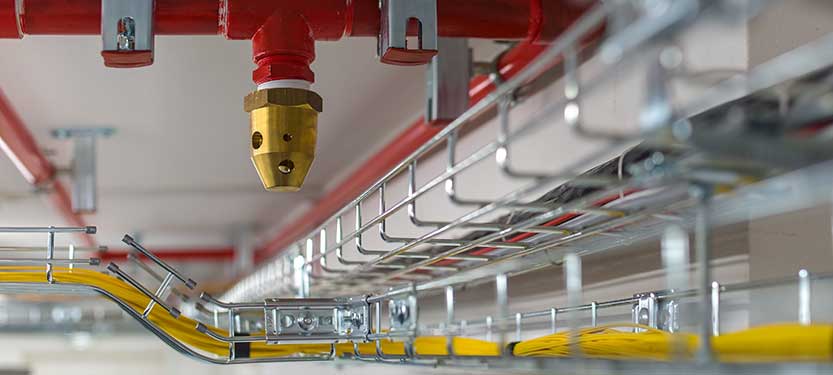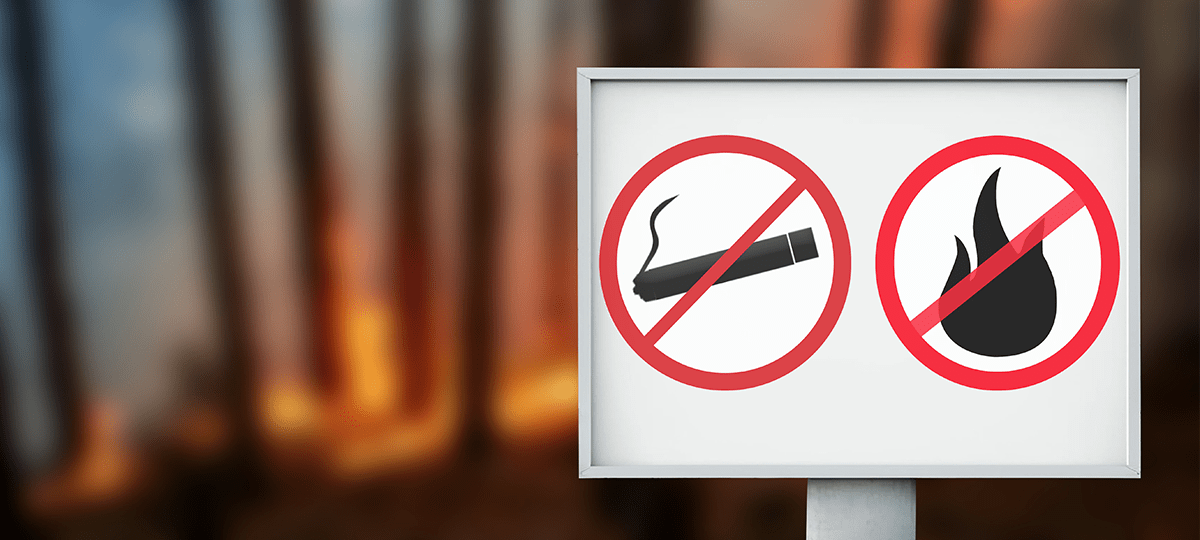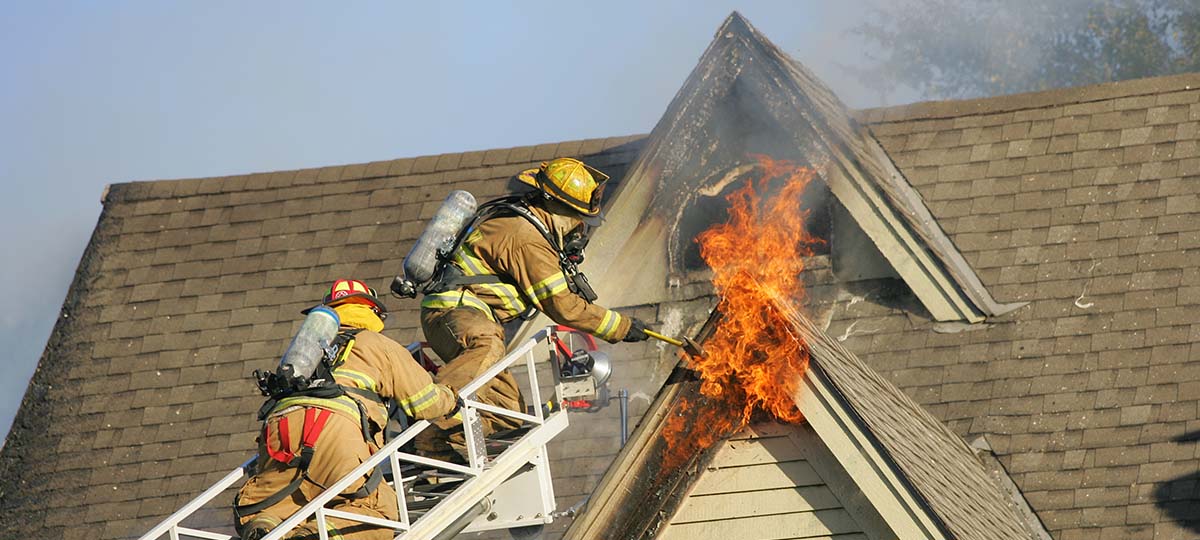FSS Can Even Spray the Fire
FSS Technologies is your premier partner for sprinkler system installation and service, offering unmatched expertise and reliability in fire protection. With decades of experience, we are dedicated to providing systems that are designed, installed, and maintained to meet the highest standards of safety and compliance. Our design team meticulously ensures that every sprinkler system is tailored to meet local codes and regulations, guaranteeing both functionality and reliability.
What sets FSS apart is our commitment to excellence through continuous training and certification. All of our technicians are NICET-certified, a distinction that demonstrates their expertise and dedication to fire protection. Our team undergoes regular training to stay updated on the latest technologies, installation techniques, and code requirements, ensuring that every system we install or service is of the highest quality.
In addition to sprinkler system services, FSS Technologies offers comprehensive backflow prevention services. Backflow systems are crucial for protecting your water supply from contamination, and our technicians are fully trained and licensed to handle all aspects of backflow testing, installation, and maintenance. From ensuring compliance with local regulations to preventing potential hazards, we provide peace of mind that your backflow prevention systems are functioning perfectly.
Whether you’re installing a new sprinkler system, upgrading an existing one, or scheduling routine maintenance, FSS Technologies delivers world-class service every step of the way. With a focus on customer satisfaction, advanced training, and adherence to safety standards, we ensure that your property is protected and fully compliant. Trust FSS for reliable, expert solutions for all your sprinkler and backflow needs. Reach out today to schedule a consultation or service appointment.
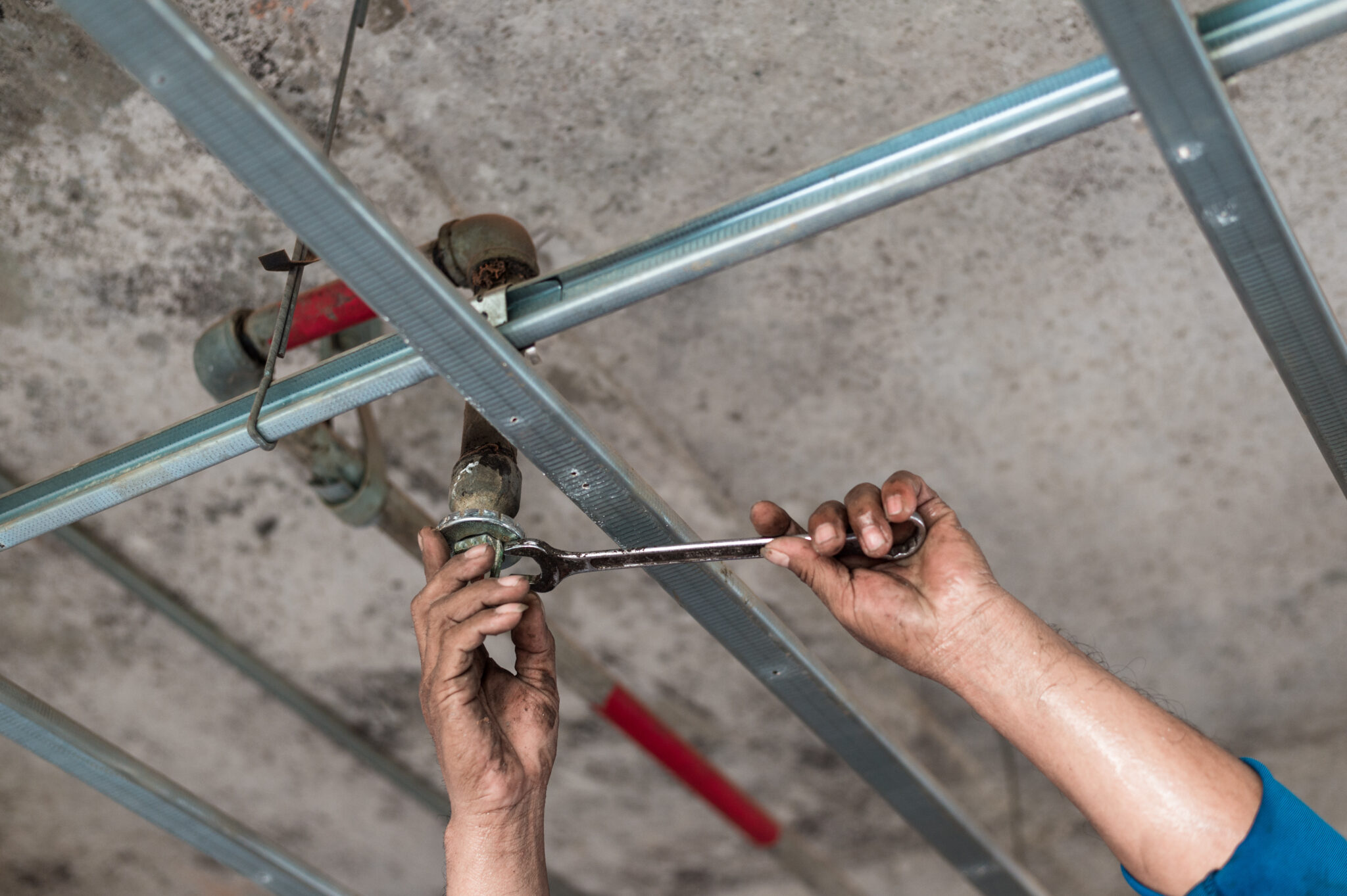
Features
Frequently Asked Questions
Fire sprinkler systems are activated by heat—not smoke. When the air around a sprinkler head reaches a specific temperature (typically 135–165°F), the heat-sensitive element activates, releasing water directly over the source of the fire. Each head activates individually, limiting water damage and targeting the threat precisely.
Not all, but many. Requirements depend on occupancy type, building size, height, and use. For example, under the International Building Code (IBC) and NFPA 101, sprinklers are mandatory in most new commercial buildings, multi-family housing, high-rise structures, and large assembly spaces. Local AHJ (Authority Having Jurisdiction) may impose additional rules.
NFPA 13 is the standard for the installation of sprinkler systems and sets the design, performance, and maintenance criteria. It covers system types (wet, dry, pre-action, deluge), design densities, obstruction rules, and hydraulic calculations. Compliance with NFPA 13 is essential for code approval and insurance acceptance.
- Wet System: Water is always in the pipes—most common and cost-effective.
- Dry System: Pipes filled with pressurized air—used in unheated areas.
- Pre-Action: Requires a detection system to activate—used in sensitive areas like data centers.
- Deluge: All heads open; water floods the area—used in high-hazard zones.
Design starts with hazard classification: light, ordinary, or extra hazard. Designers calculate water supply, pressure needs, and layout based on NFPA 13 tables, occupancy type, and building construction. Computer hydraulic modeling ensures the system meets flow and pressure requirements at the most remote sprinkler.
Hydraulic demand is the amount of water (flow + pressure) the system needs to operate effectively. It’s calculated during design to ensure the water supply can meet demand at the worst-case (most remote) head. An insufficient water supply can compromise system performance and fail inspections.
While the initial cost varies, sprinklers are cost-effective in the long run. According to NFPA, average installation cost in new construction is $1–$2 per square foot. Retrofits cost more. Insurance discounts, reduced fire loss, and enhanced life safety often offset the investment quickly.
No. Only the sprinkler head(s) exposed to enough heat will activate. This targeted activation minimizes water damage while controlling the fire quickly. Unlike Hollywood portrayals, full-system discharge only occurs in deluge systems, which are used in high-hazard areas.
Under NFPA 25, sprinkler systems require:
- Monthly: Visual inspections of valves and gauges
- Quarterly: Alarm device and water flow testing
- Annually: Full inspection and main drain test
- Every 5 Years: Internal pipe inspection
- Every 10 Years: Sprinkler head sample testing (dry systems)
Absolutely. Systems are custom-designed based on building use, layout, hazards, ceiling heights, and occupancy loads. For example, a warehouse with high-piled storage requires a different design than a residential apartment. Design engineers use code requirements, hydraulic models, and site conditions to tailor the system effectively.
